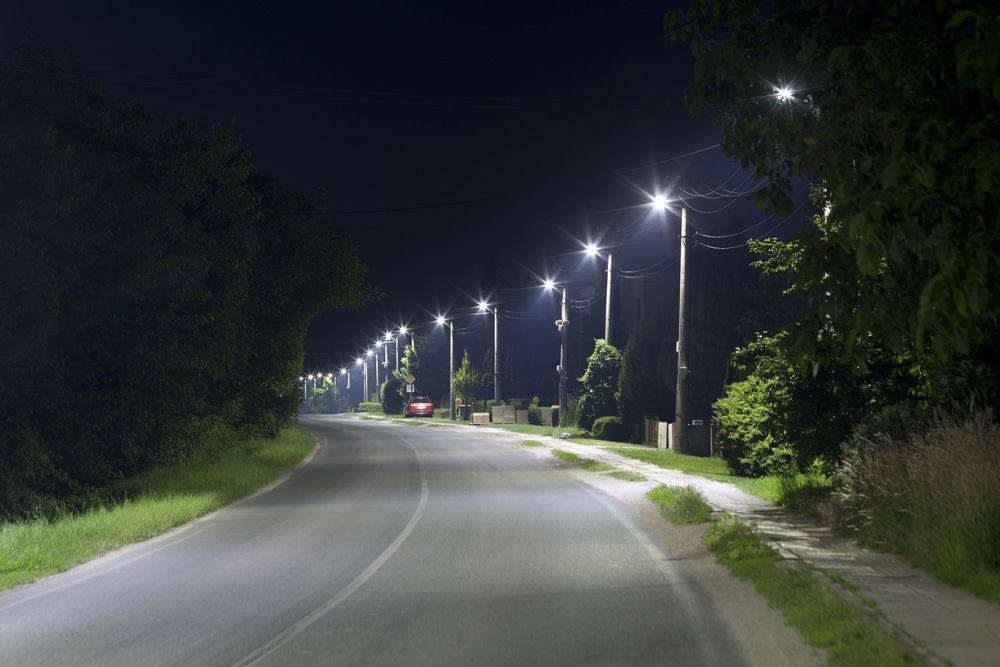Understanding the Factors that Shape Your Lighting
In conclusion, the quality and effectiveness of lighting in a space are influenced by a variety of factors, including the type of lighting, fixtures, bulbs, controls, and natural light sources. By understanding these factors and making informed choices, you can create a well-lit environment that enhances both the functionality and aesthetic appeal of your space.
Title: Understanding the Factors that Shape Your Lighting
Introduction:
Lighting plays a crucial role in shaping the atmosphere and ambiance of any space. Whether it's a home, office, or outdoor area, the type of lighting used can greatly affect the mood and functionality of the space. In this article, we will delve into the various factors that influence the quality and effectiveness of lighting in different settings.
Types of Lighting:
There are several types of lighting that are commonly used in both residential and commercial settings. Ambient lighting provides overall illumination to a room, while task lighting is focused on specific areas for activities such as reading or cooking. Accent lighting is used to highlight features or objects in a space, while decorative lighting adds a touch of style and personality.
Lighting Fixtures:
The type of lighting fixture used can greatly impact the quality of light that is emitted. From traditional chandeliers and pendants to modern track lighting and recessed fixtures, there is a wide range of options available to suit different aesthetics and functionalities. It's important to consider the size, shape, and material of the fixture to ensure it complements the overall design of the space.
Lighting Bulbs:
The type of bulb used in a lighting fixture can have a significant impact on the quality of light produced. Incandescent bulbs are the most common type of bulb and emit a warm, soft light. LED bulbs are energy-efficient and long-lasting, making them a popular choice for environmentally conscious consumers. Halogen bulbs provide bright, white light and are often used in task lighting applications.
Lighting Controls:
The control system used to adjust the intensity and color temperature of the light can greatly enhance the functionality of a lighting system. Dimmer switches allow users to customize the brightness of the light to suit their preferences, while smart lighting systems can be programmed to change color and intensity based on the time of day or user input. Motion sensors and timers can also be used to automate lighting based on occupancy and usage patterns.
Natural Light:
Natural light plays a key role in shaping the lighting of a space. Windows, skylights, and other openings allow sunlight to filter into a room, creating a dynamic and ever-changing lighting environment. It's important to consider the orientation of the space and the position of windows to maximize natural light exposure and reduce the need for artificial lighting during the day.
Conclusion:
In conclusion, the quality and effectiveness of lighting in a space are influenced by a variety of factors, including the type of lighting, fixtures, bulbs, controls, and natural light sources. By understanding these factors and making informed choices, you can create a well-lit environment that enhances both the functionality and aesthetic appeal of your space. As always, it's important to consult with a professional lighting designer or consultant to ensure that your lighting design meets your specific needs and requirements.
